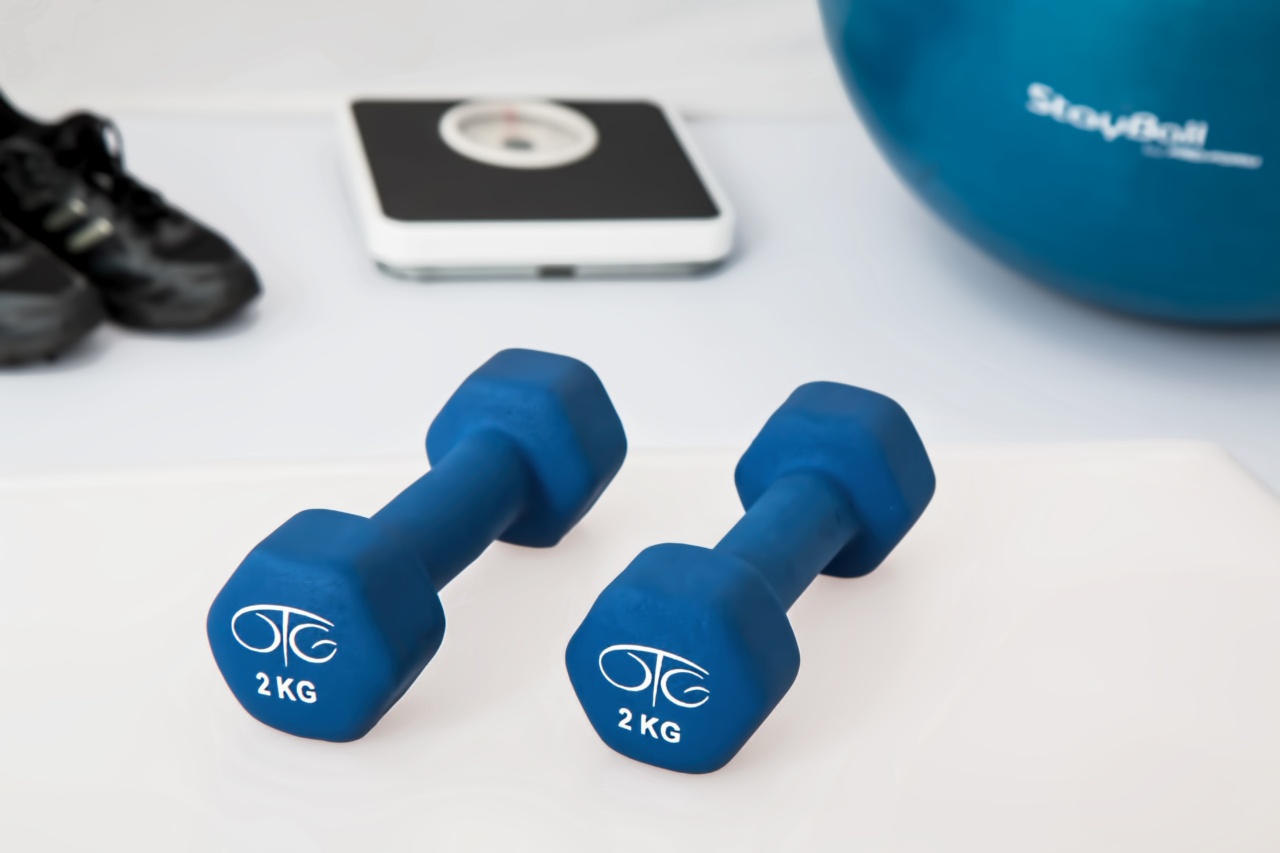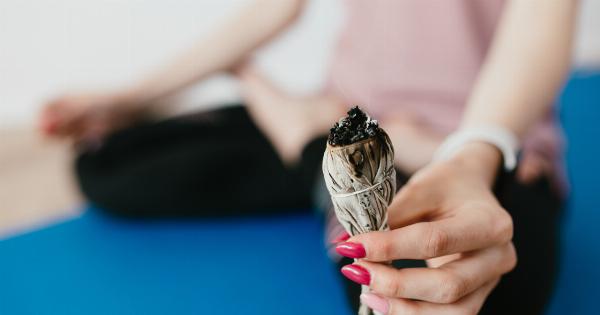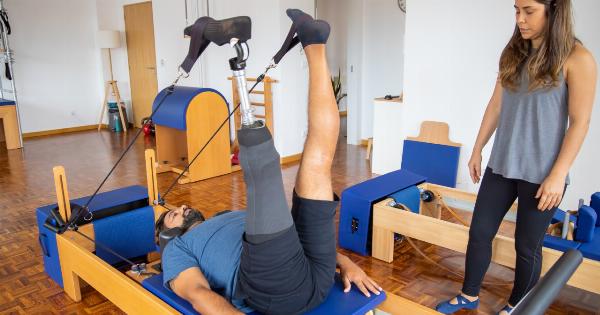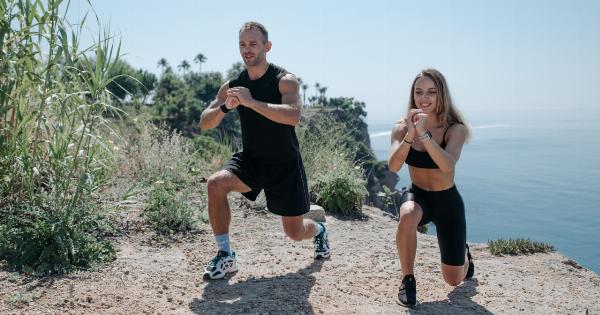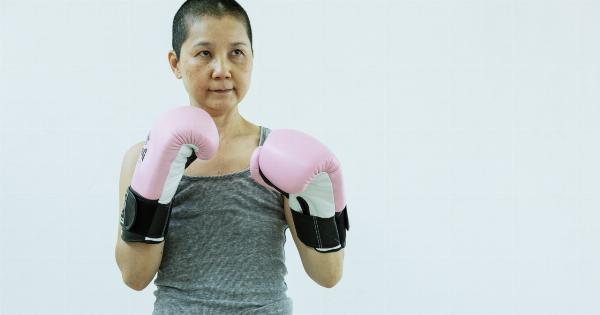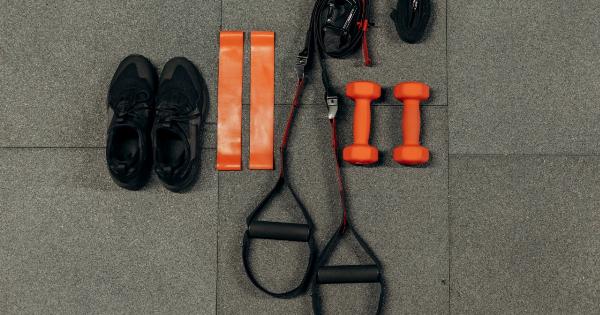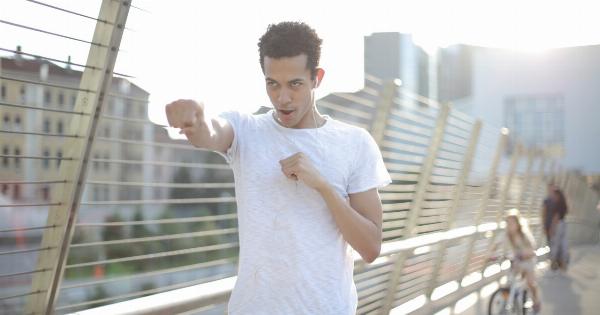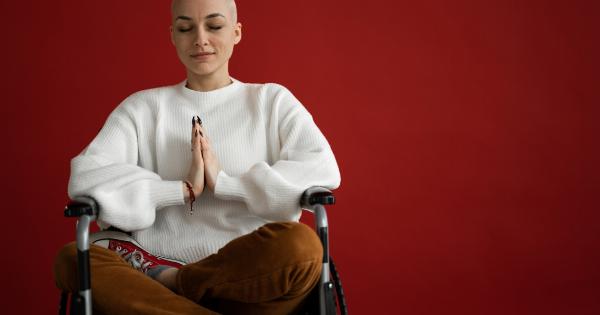Stroke rehabilitation is a crucial part of the recovery process for individuals who have suffered a stroke. Physical therapy exercises play a significant role in helping stroke survivors regain their independence and improve their quality of life.
These exercises are designed to improve strength, flexibility, balance, and coordination, with the ultimate goal of restoring function to the affected areas of the body. In this article, we will explore ten effective exercises for stroke rehabilitation.
1. Range of Motion Exercises
Range of motion exercises are aimed at increasing flexibility and joint mobility. These exercises involve moving each joint in the body through its full range of motion.
For stroke survivors, range of motion exercises can help prevent muscle stiffness and contractures. Performing these exercises regularly can improve overall mobility and ease of movement.
2. Strengthening Exercises
Strengthening exercises focus on rebuilding muscle strength that may have been lost due to the stroke.
These exercises target specific muscles or muscle groups and can be performed using resistance bands, weights, or simply the body’s own resistance. Strengthening exercises help improve balance, stability, and overall functional abilities.
3. Balance and Coordination Exercises
Balance and coordination exercises are vital for stroke survivors, as they often experience difficulties with balance and coordination.
These exercises can include activities such as standing on one leg, walking in a straight line, or practicing specific balance exercises recommended by a physical therapist. Regular practice of these exercises can help improve balance, prevent falls, and enhance overall coordination.
4. Gait Training
Gait training exercises are essential for stroke survivors who experience difficulties with walking. These exercises focus on improving the ability to walk independently and safely.
Gait training exercises may include practicing proper walking techniques, using assistive devices like canes or walkers, and receiving guidance from a physical therapist to correct any abnormalities in gait pattern.
5. Stretching Exercises
Stretching exercises help improve muscle flexibility and prevent muscle tightness. These exercises involve elongating the muscles gently and holding the stretch for a specific period.
Stretching exercises can help alleviate muscle stiffness and reduce the risk of contractures. Incorporating stretching exercises into a daily routine can contribute to overall mobility and ease of movement.
6. Functional Training
Functional training exercises are designed to simulate daily activities and movements, such as reaching, grasping, or lifting objects. These exercises aim to improve the ability to perform these activities independently and safely.
Functional training exercises enhance muscle strength, motor control, and coordination, making it easier for stroke survivors to engage in everyday tasks.
7. Task-Specific Training
Task-specific training exercises focus on improving the ability to perform specific tasks that are challenging for stroke survivors. These exercises involve repetitive practice of the task, gradually increasing difficulty as progress is made.
Task-specific training exercises can help relearn skills and regain independence in activities such as dressing, eating, or using utensils.
8. Virtual Reality Rehabilitation
Virtual reality (VR) rehabilitation has emerged as an innovative approach in stroke rehabilitation. VR technology allows individuals to engage in a virtual environment where they can perform specific exercises and tasks.
This form of rehabilitation provides an interactive and engaging experience, enhancing motivation and adherence to the rehab program.
9. Hydrotherapy
Hydrotherapy, also known as aquatic therapy, involves performing exercises in a pool or underwater environment. Hydrotherapy provides a supportive and buoyant environment, reducing the impact on joints and muscles.
It can help improve strength, balance, coordination, and flexibility. Hydrotherapy exercises are particularly beneficial for individuals with mobility challenges.
10. Mirror Therapy
Mirror therapy is a unique approach that utilizes a mirror to create an illusion of movement in the affected limb. This therapy can help stimulate neural pathways and improve motor function.
Stroke survivors perform exercises and observe the unaffected limb’s reflection in the mirror, encouraging the brain to perceive movement in the affected limb.
